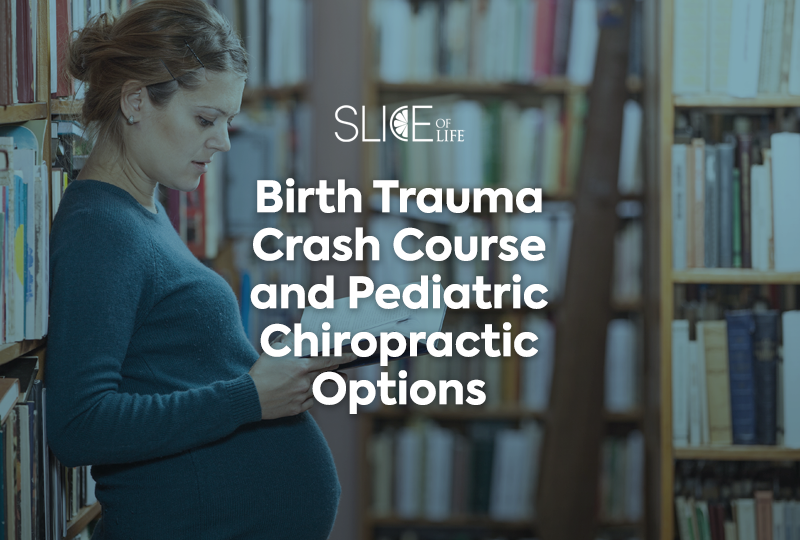When new mom and dad are nesting, making grand plans to bring home a glowing, healthy and bouncy baby, the possibility of birth trauma is probably far from their minds. According to Cerebal Palsy Guide, roughly three babies are born with birth injuries every hour in the United States, affecting as many as seven babies in every 1,000 deliveries. According to the Journal of Pediatric Education in their 2018 article “Traumatic Childbirth and Its Aftermath: Is There Anything Positive?”, up to 45% of new mothers report having experienced birth trauma themselves, physically and/or emotionally. Birth trauma can negatively affect both mother and baby in different and profound ways, though today’s scope will focus primarily on first steps to protect infant health.
What is Birth Trauma?
(Adapted from PXDocs article, “Birth Trauma — Oliver’s Story”.)
Referring to an infant, birth trauma is any injury or trauma, often physical, that occurs during labor and delivery. This birth trauma can result in lifelong health challenges, disability and neurologic issues for the child, especially without proper intervention. It’s an often-overlooked factor in the steady rise of chronic illness in kids. Birth trauma is associated with challenges and conditions such as:
- Trouble breastfeeding, latching or nursing
- Reflux, constipation, colicky
- Cerebral Palsy
- Seizures/Epilepsy
- Torticollis, plagiocephaly, shoulder dystocia and more similar problems
- Neurodevelopmental challenges such as autism, ADHD and sensory processing disorders
- Disorders or delays related to speech, motor, social or emotional skills
- Immunity challenges like RSV, croup, chronic cough and ear infections
Birth trauma can occur naturally or sometimes in the course of medical intervention. Epidurals, inductions, forceps, vacuum extraction, fetal cord monitoring and c-sections can play a role in possible birth trauma. Baby positioning, a large baby and a strangely shaped or small pelvis are other common risk factors. To sum up, a long delivery with extra medical intervention required is more likely to result in birth trauma. The severity and presentation can very, which is why many traditional medical teams do not detect birth trauma
Much of birth trauma is connected to interference with the vitally important vagus nerve, beginning in the brain stem and extending all the way down the cervical spine, into the thorax and abdomen. This interference with the Vagus Nerve, brainstem and other areas of the nervous system is what chiropractors call a subluxation.
What can be done?
Dr. Tony Ebel is a cherished friend of Life University (Life U) and delivered a talk on campus at a recent Chiropractic Assembly on August 29, 2024, titled “Optimizing Adaptability + Building Resiliency in the Pediatric Population.” This riveting lecture primarily showcased the advantages of early intervention for pediatric chiropractic outcomes. Dr. Ebel discussed, among other poignant insights, his very personal experience with birth trauma when his son Oliver required three surgeries at birth. Doctors predicted almost certain severe neurological damage that could result in autism, seizures, cerebral palsy and the like.
Yet, Dr. Ebel did not despair because he deeply believed in principled chiropractic’s ability to facilitate healing. He gave his son twice daily chiropractic adjustments in the NICU and daily adjustments once home. Oliver had his challenges as an infant, such as instances of croup and RSV, but he beat the odds of a predicted 99% chance of long-term major neurological issues and today is a happy, healthy young man.
Every child and every case is different, but bottom line is that pediatric Chiropractic should be considered a first choice for intervention related to emerging birth trauma issues, as opposed to the last resort it is often treated as when all else fails. If you think a loved one might need intervention related to a birth trauma, consider seeking care from a licensed pediatric chiropractor.


Social Media